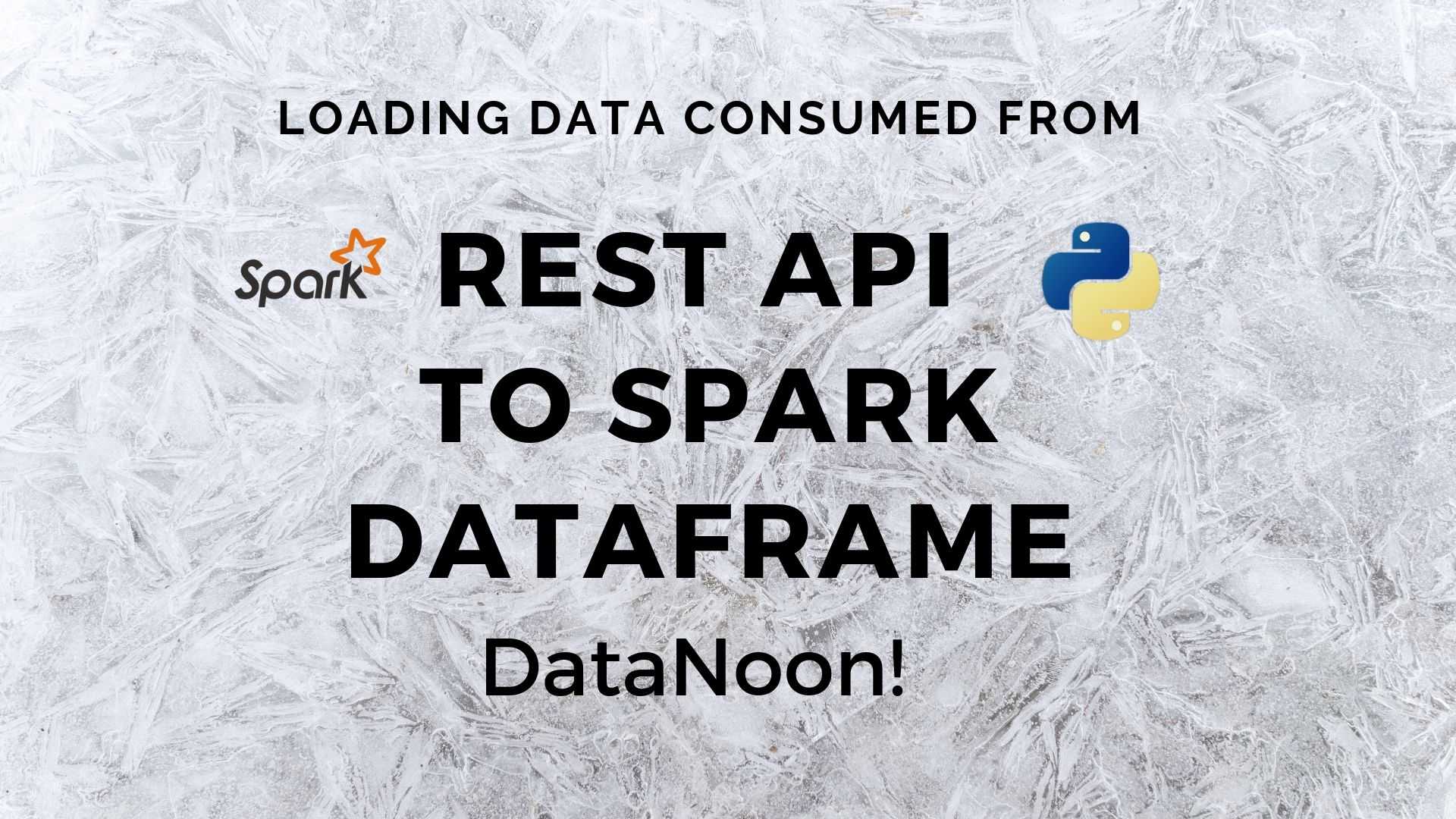PySpark UDF | Spark UDF
Pyspark UDF enables the user to write custom user defined functions on the go. But we have to take into consideration the performance and type of UDF to be used. This post will cover the details of Pyspark UDF along with the usage of Scala UDF and Pandas UDF in Pyspark. Introduction Pyspark UDF , Pandas UDF and Scala UDF in Pyspark will be covered as part of this post.






